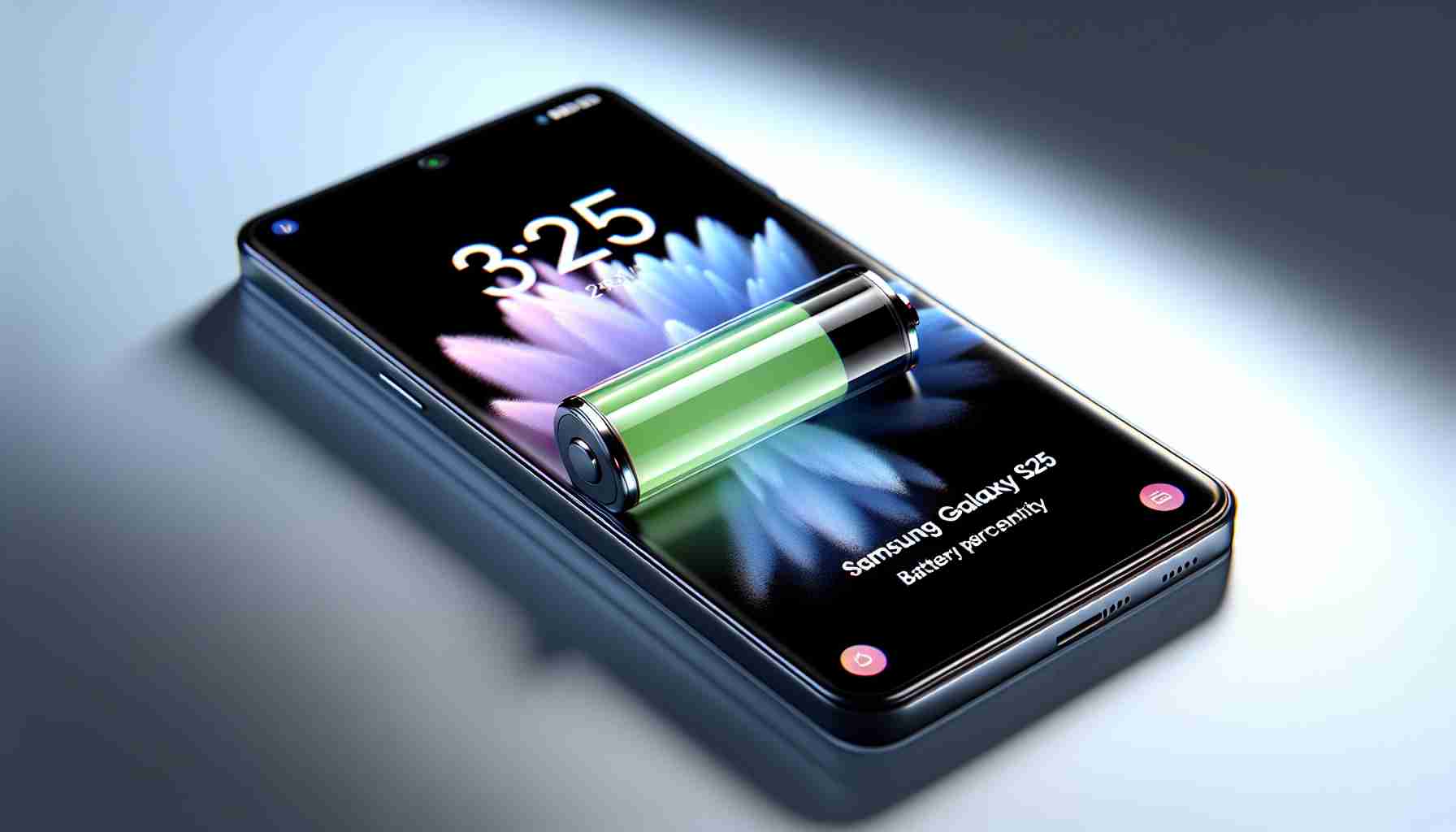Samsung is gearing up to retain the power profile of its flagship series with the forthcoming Galaxy S25. Leaks suggest the smartphone will house a 4000 mAh battery, mirroring the capacity found in its predecessor, the Galaxy S24.
The consistency in battery size follows Samsung’s history of fluctuating power capacities in previous iterations. Notably, the Galaxy S20 and S21 both boasted 4000 mAh units. However, there was a slight dip with the Galaxy S22, which came equipped with a 3700 mAh battery. The S23 saw a minor bump up to 3900 mAh before returning to the 4000 mAh standard with the S24 model.
As for its release, Samsung aficionados will have to temper their anticipation. The debut of the Galaxy S25 is scheduled to align with its series counterparts, which is anticipated to be in the early months of 2025. This timeline suggests that the company is maintaining its typical annual release cycle for the Galaxy S series, providing ample time for potential customers to prepare for the next big update.
With this news, it seems Samsung is focusing on consistency and reliability in its flagship devices’ battery life, acknowledging that for many users, a stable and predictable battery capacity is a crucial aspect of the smartphone experience.
Important Questions and Answers:
Q: Why is battery capacity continuity important for users?
A: Continuity in battery capacity is important for users because it enables them to estimate the battery life and overall performance based on previous models. This consistency can influence a customer’s decision to upgrade, especially if they are satisfied with their current device’s battery life.
Q: How does the 4000 mAh battery in the Galaxy S25 compare with its competitors?
A: The 4000 mAh battery is fairly standard for current flagship devices. Rival smartphones often have similar or even slightly larger battery capacities. However, actual battery life is determined not only by capacity but also by software optimization, hardware power efficiency, and individual usage patterns.
Key Challenges and Controversies:
One challenge associated with maintaining the same battery capacity is the need to balance advancements in other areas, such as more powerful processors and enhanced display technologies, which may consume more power. Samsung will need to ensure that improvements in hardware and software efficiency accompany the maintained battery capacity to deliver improved or at least consistent battery life.
Advantages and Disadvantages:
Advantages:
– Familiarity for existing Samsung users who are satisfied with the battery life of previous models.
– A proven battery capacity can reinforce the reliability image of Samsung’s flagship series.
– Users can plan for similar usage patterns without needing to adjust for a new battery life curve.
Disadvantages:
– Some users might view the lack of increased battery capacity as a lack of innovation or improvement, especially if other brands offer devices with larger batteries.
– As software and hardware demands increase, a static battery capacity might not offer the same performance longevity as before.
– Potential customers seeking significant upgrades in each new model may be disappointed with the recurring battery capacity.
To find out more about Samsung’s devices, you can visit their official website by following this link: Samsung Official Website. Ensure to check their site for the most up-to-date information and announcements regarding the Galaxy S series, including the Samsung Galaxy S25.
The source of the article is from the blog lokale-komercyjne.pl
